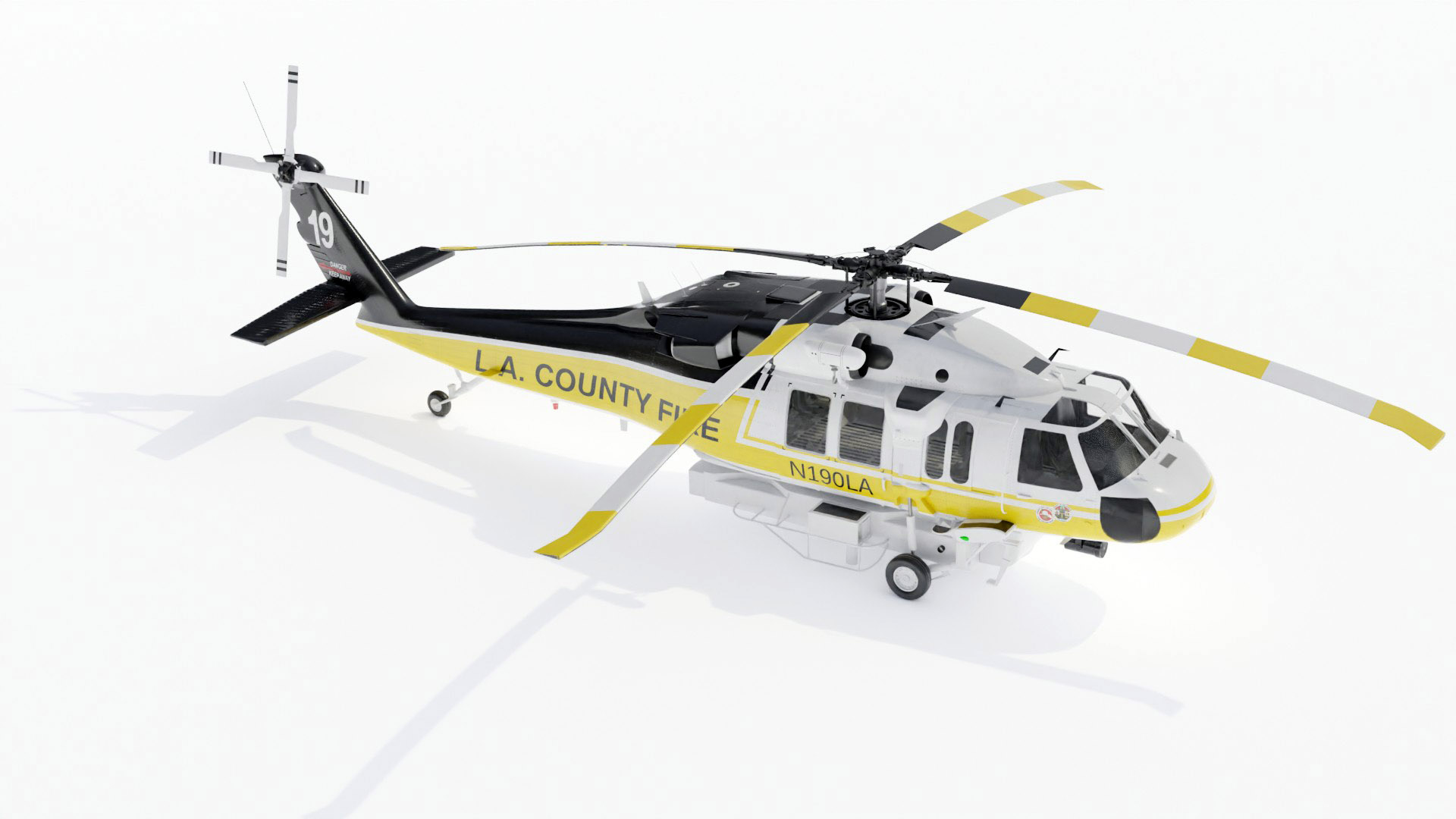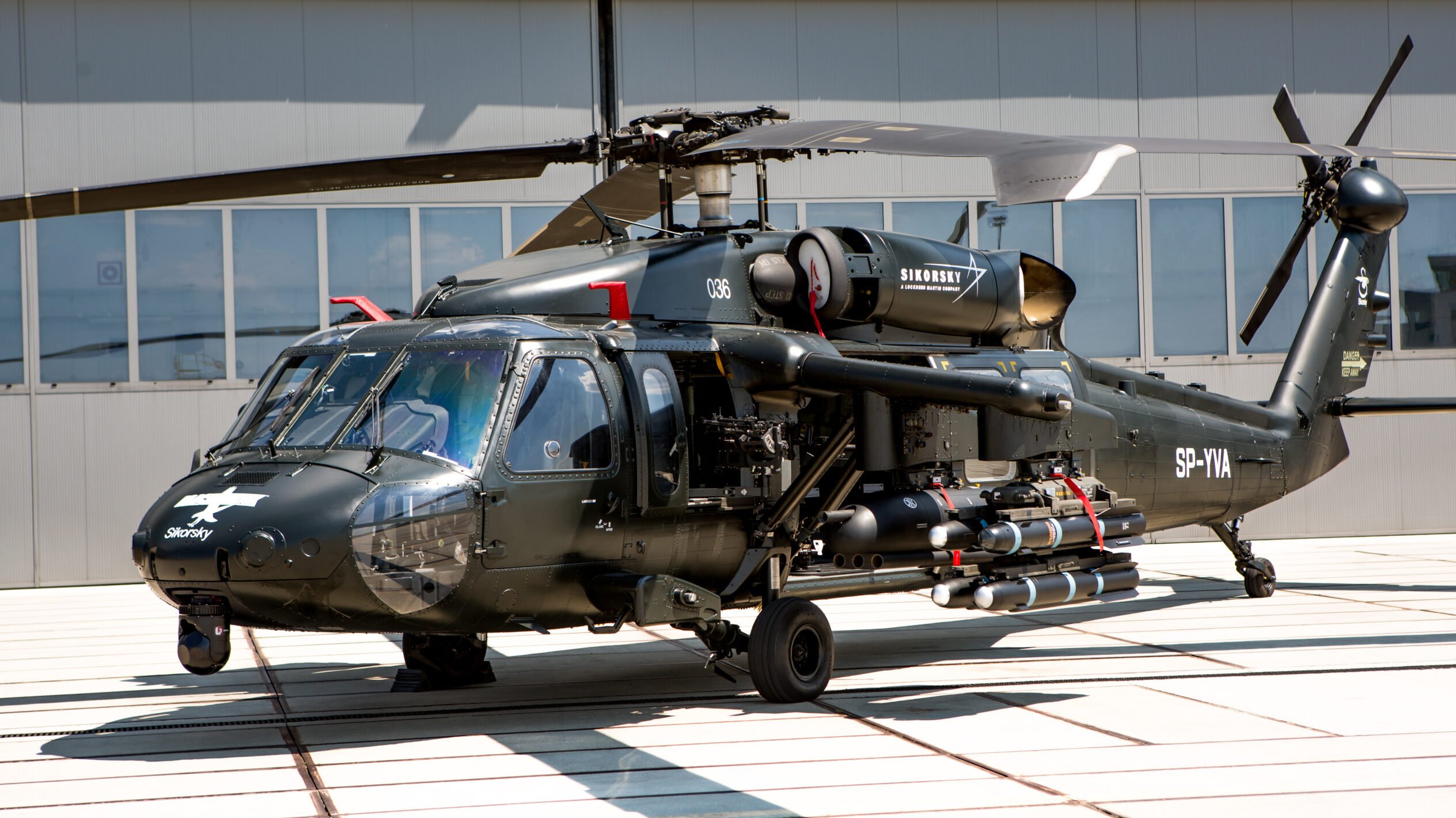High-Performance Multi-Role Rotorcraft Featuring Advanced Cockpit Technologies and Integrated Sensing Unit Solutions
The world of rotorcraft innovation has seen noteworthy innovations in current times, particularly in the world of high-performance multi-role rotorcraft equipped with innovative cockpit innovations and perfectly integrated sensing unit systems. These innovations have not only increased the operational capacities of rotorcraft however have actually additionally considerably impacted modern aeronautics procedures on various fronts. From improved objective convenience to enhanced operational efficiency, the merging of innovative cockpit modern technologies and incorporated sensor systems has introduced a brand-new era of opportunities for rotorcraft applications. In the adhering to conversation, we will certainly check out the development of rotorcraft technology, delve into the realm of sophisticated cockpit technologies, and examine the ramifications of incorporated sensing unit systems on the functional adaptability and performance of modern rotorcraft.
Evolution of Rotorcraft Modern Technology
The evolution of rotorcraft innovation has been marked by significant innovations in the rules of aerodynamics, products, and propulsion systems, shaping the abilities and efficiency of contemporary rotorcraft. Wind resistant renovations have actually boosted the efficiency and ability to move of rotorcraft, enabling enhanced speed, dexterity, and stability during trip (sikorsky s 70). Technologies in materials, such as making use of composite materials and advanced alloys, have actually brought about lighter yet stronger rotorcraft structures, improving general efficiency and toughness. Furthermore, improvements in propulsion systems, including extra powerful engines and cutting-edge propulsion modern technologies, have allowed rotorcraft to accomplish greater elevations, faster speeds, and greater hauls.
These improvements have not just changed the capacities of rotorcraft however have actually likewise broadened their applications across various markets, consisting of armed forces, business, and emergency situation solutions. The continuous development of rotorcraft innovation continues to drive advancement in the area, pressing the boundaries of what is possible and forming the future of upright trip.
Advanced Cabin Innovations
Structure upon the fundamental innovations in the rules of aerodynamics, products, and propulsion systems, the world of rotorcraft modern technology now changes emphasis in the direction of introducing Advanced Cabin Innovations. The integration of innovative modern technologies within the cabin atmosphere plays an essential role in improving the functional capabilities, safety and security, and effectiveness of modern rotorcraft. sikorsky s 70. Advanced Cabin Innovations include a wide variety of attributes developed to offer pilots with improved situational awareness, structured information administration, and user-friendly control interfaces
Among the vital developments in cockpit style is the implementation of glass cockpits, which change traditional analog gauges with high-resolution displays. These digital systems use customizable formats, real-time data combination, and improved readability, allowing pilots to access critical info at a glance. Progressed avionics systems, such as fly-by-wire controls and increased reality screens, are revolutionizing how pilots interact with the airplane, enabling for exact control and improved decision-making abilities.


Integrating innovative cabin technologies not just improves pilot performance however likewise adds to total mission effectiveness and safety in complex operational environments. By leveraging cutting edge technologies within the cockpit, rotorcraft manufacturers are establishing brand-new requirements for operational excellence and goal success.
Integrated Sensor Solutions
With the advancement of rotorcraft innovation, the integration of sophisticated discover this info here Integrated Sensing unit Equipment has become vital in improving functional efficiency and safety and security. These Integrated Sensor Systems include a vast range of technologies that provide crucial data for different functions such as navigation, monitoring, targeting, and environmental monitoring. By flawlessly incorporating sensing units like radars, cameras, lidar, and infrared systems right into rotorcraft, drivers can benefit from improved situational understanding, enhanced goal capacities, and lowered pilot workload.
One key advantage of Integrated Sensor Equipments is their ability to collect real-time data and give actionable understandings to Full Article pilots and goal operators. For instance, advanced radar systems can spot and track targets over long ranges, enabling for early risk detection and reliable action preparation. Additionally, integrating electro-optical and infrared electronic cameras enables rotorcraft to perform reconnaissance and security goals with precision and precision.
In significance, the combination of advanced sensing unit innovations right into rotorcraft not just improves functional performance however likewise contributes substantially to total goal success and staff safety and security. As rotorcraft remain to develop, the duty of Integrated Sensing unit Solution will certainly stay at the forefront of development in the aerospace sector.
Operational Adaptability and Performance
Enhancing operational convenience and performance in rotorcraft is an all-natural progression from the integration of sophisticated Integrated Sensing unit Equipments. By leveraging the insights and information supplied by these advanced sensing unit systems, rotorcraft can maximize their performance across numerous objectives and atmospheres.
Operational flexibility encompasses the ability of rotorcraft to adjust to various duties and situations efficiently. With innovative cabin technologies and integrated sensor systems, rotorcraft can seamlessly shift in between tasks such as search and rescue, medical discharge, surveillance, and much more. This versatility boosts the rotorcraft's ability to meet diverse operational requirements without calling for substantial reconfiguration.
Efficiency in rotorcraft procedures is important for making best use of goal performance and source utilization. Integrated sensor systems read the full info here play an essential role in boosting operational performance by offering real-time information on climate condition, terrain mapping, target tracking, and much more. This data enables pilots to make enlightened choices quickly, enhance trip courses, preserve gas, and improve general mission efficiency.
Influence On Modern Aviation Procedures

Additionally, the integration of advanced sensors facilitates enhanced mission planning and implementation, enabling rotorcraft to carry out a wide variety of jobs with boosted accuracy. From search and rescue procedures to airborne firefighting and police missions, the abilities of modern rotorcraft outfitted with innovative cabin technologies and integrated sensing unit systems are unparalleled.
In addition, the impact of these developments expands beyond operational efficiency to cost-effectiveness and sustainability. By optimizing flight courses, fuel intake, and upkeep routines, high-performance rotorcraft geared up with advanced cabin technologies and sensing units add to reducing operational expenses and ecological influence, making them important possessions in modern-day aeronautics procedures.
Final Thought
In final thought, the high-performance multi-role rotorcraft with innovative cockpit technologies and integrated sensor systems represents a considerable advancement in aeronautics technology. These technologies improve operational adaptability and effectiveness, ultimately affecting contemporary aeronautics procedures in a favorable method. The assimilation of these sophisticated modern technologies permits enhanced abilities and efficiency in different mission scenarios, showcasing the continued advancement of rotorcraft technology in the aeronautics industry.
The realm of rotorcraft technology has seen significant improvements in current times, particularly in the realm of high-performance multi-role rotorcraft outfitted with sophisticated cabin technologies and perfectly integrated sensor systems. From boosted mission adaptability to boosted operational performance, the merging of innovative cabin technologies and integrated sensor systems has ushered in a brand-new age of opportunities for rotorcraft applications. In the complying with discussion, we will discover the evolution of rotorcraft innovation, dig into the world of sophisticated cockpit innovations, and examine the implications of integrated sensing unit systems on the functional versatility and efficiency of contemporary rotorcraft.
